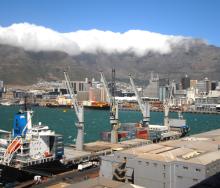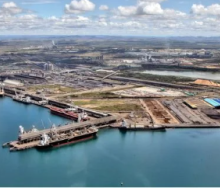Shippers, freight forwarders and the liner trade can expect more pain in February as vessel traffic through the Suez Canal continues to suffer from Houthi rebels attacking commercial carriers in the Red Sea.
Western naval counter-attacks against Iranian-backed rebels in Yemen have added to widening tension in the area, turning the important waterway connecting the Mediterranean with the Arabian Sea into a no-go zone.
Based on the latest ocean freight data, industry analytics platform Xeneta said: “Early indications suggest shipping rates are set to increase further in early February amid the ongoing Red Sea crisis.
US oil and gas news resource Rigzone reports that the most up-to-date picture of the situation south of the Suez Canal and resultant liner trade disruption is based on 400 million crowdsourced data points.
“The latest projection is based on rates already received from customers for the first week of in February.”
Rigzone quotes Xeneta saying: “While the situation remains volatile and subject to change, the newly released data is the best indication of where the market is headed.”
According to Rigzone, market average short-term rates from Asia to Europe are set to increase 11% by February 2 to stand at $6507 per FEU – an increase of 243% since the Red Sea crisis escalated in mid-December, Xeneta has found.
“Rates from the Far East to North Europe are set to rise 8% by February 2, with a market average of $5106 per FEU – an increase of 235% since mid-December,” analysis shows.
“The biggest increase in rates is from the Far East to the US East Coast, Xeneta pointed out.
“On this trade, the newly released data suggests an increase of 17% by February 2 to bring the average short-term rate up to $6119 per FEU – an increase of 146% since mid-December.”
Xeneta chief analyst Peter Sand indicated that the rates are because of additional sailing time and related costs from vessels now heading all the way around Africa.













